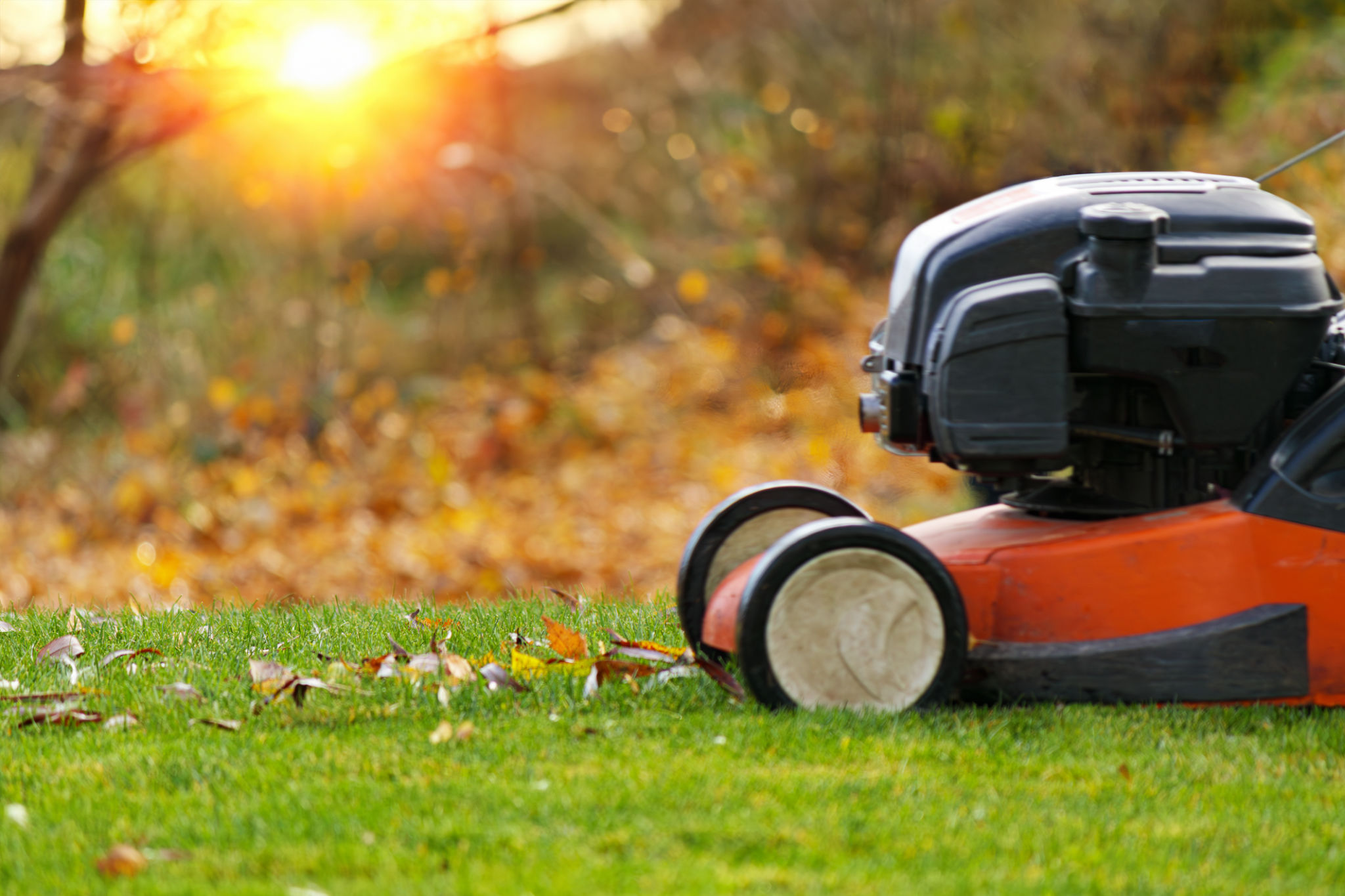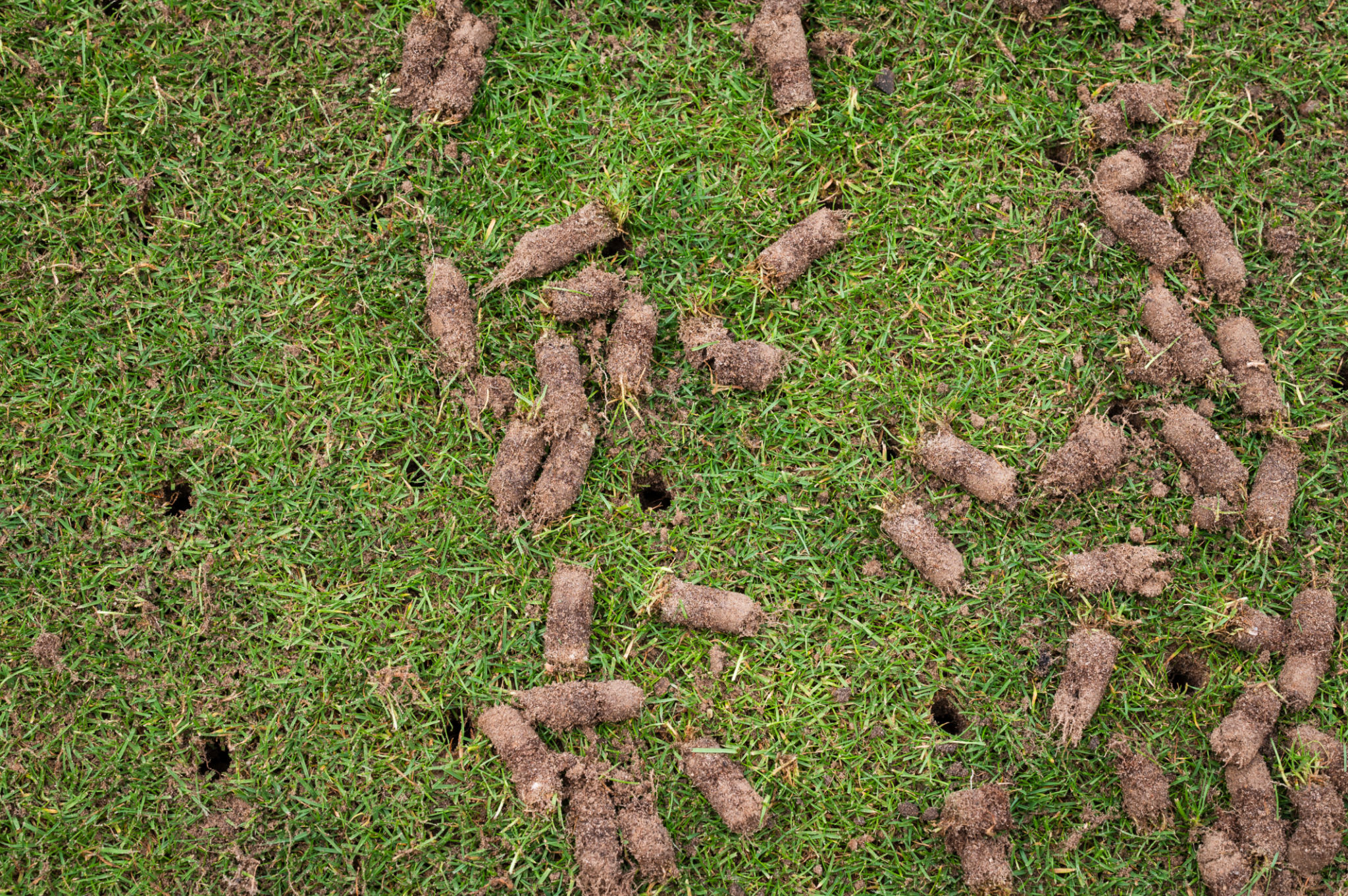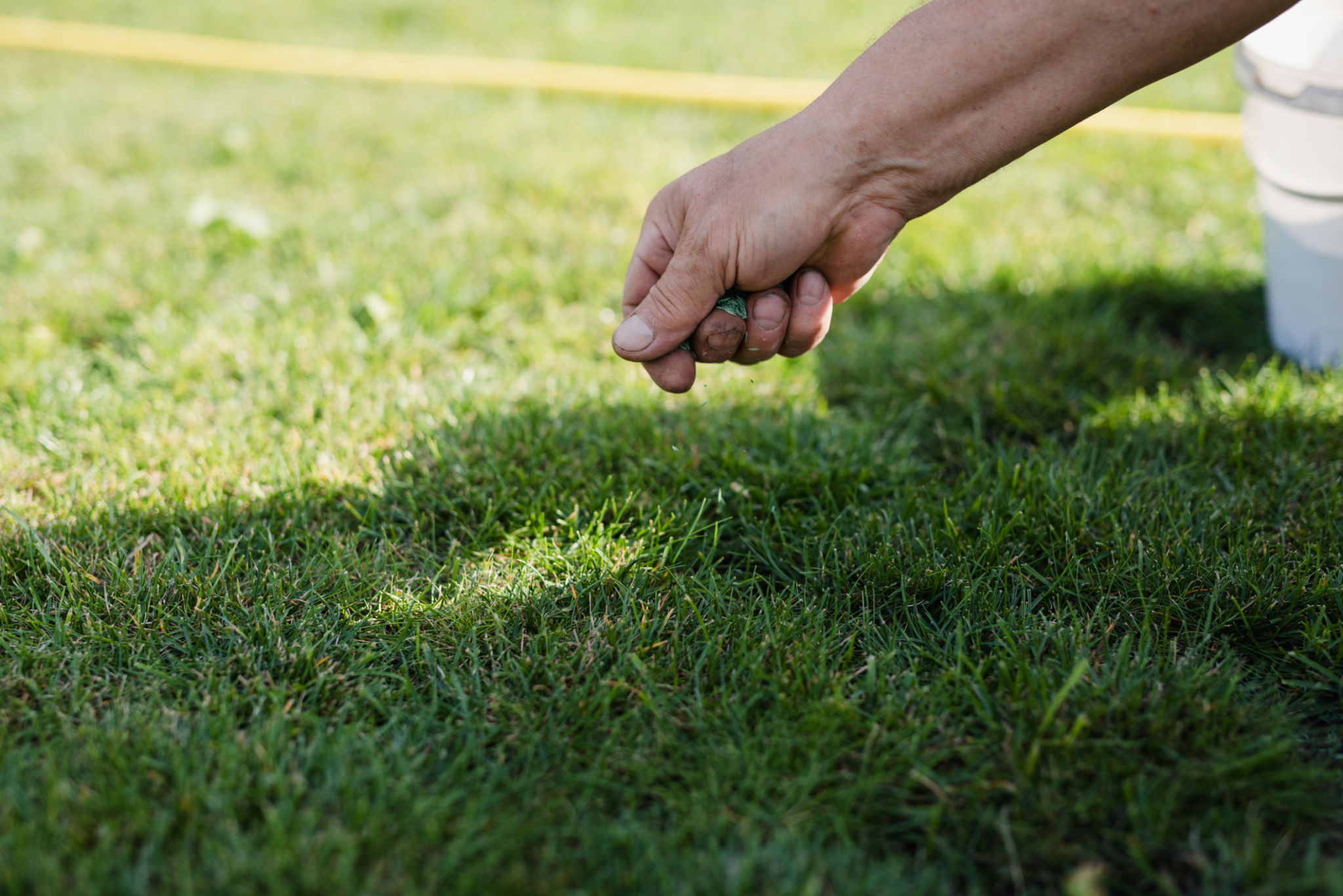How to Prepare Your Lawn for Winter: Expert Tips from Just a Trim
As the vibrant colors of autumn begin to fade and the chill of winter approaches, it’s crucial to start preparing your lawn for the colder months. Proper lawn care in the fall can lead to a lush, healthy lawn come spring. Here are some expert tips from Just a Trim to help you get started.
Understanding the Importance of Fall Lawn Care
Preparing your lawn for winter is not just about aesthetics; it’s about ensuring the health and resilience of your grass. Fall is the perfect time to focus on lawn care because the soil is still warm enough for grass roots to grow, while cooler air temperatures reduce stress on your lawn. This combination is ideal for strengthening your grass before winter sets in.

Mowing and Raking: The Basics
As part of your fall lawn care routine, continue mowing your lawn, but gradually lower the blade height as winter approaches. Aim to keep your grass around 2 to 2.5 inches tall. This height helps protect the grass from disease and frost damage while preventing matting under snow.
Raking is another essential step. Remove fallen leaves regularly to prevent them from smothering the grass and creating an environment conducive to mold and disease. A vigorous raking also helps remove thatch, which can harbor pests and diseases.
Aeration: Breathing New Life into Your Lawn
Aeration involves perforating the soil with small holes to allow air, water, and nutrients to penetrate the grass roots. This process helps alleviate soil compaction, encourages root growth, and enhances the lawn's ability to absorb essential nutrients. Fall is an excellent time for aeration, promoting healthier growth in the spring.

Feeding Your Lawn: Fertilization
Applying a fall fertilizer is crucial to provide your lawn with the nutrients it needs to survive the winter months. Choose a fertilizer high in potassium and phosphorus to strengthen grass roots and improve disease resistance. Fertilize about two weeks before the ground freezes for optimal absorption.
Consider using a slow-release fertilizer to provide a steady supply of nutrients over time. This approach helps sustain grass through winter dormancy and supports early spring growth.
Overseeding: Filling in Bare Spots
If your lawn has bare or thin patches, fall is an excellent time for overseeding. The warm soil temperatures and cool air create ideal conditions for seed germination. Choose a grass seed suitable for your region and distribute it evenly over the affected areas. Lightly rake and water the area to encourage growth.

Watering Wisely
While it's important to keep your lawn hydrated, be mindful of overwatering as temperatures drop. Reduce watering frequency as rainfall typically increases during fall. However, ensure your lawn receives about an inch of water per week until the ground freezes to maintain healthy roots.
Final Touches: Preparing for Dormancy
As fall comes to an end, give your lawn a final thorough raking to remove any remaining debris or leaves. This step ensures that pests or diseases don’t have a place to overwinter and cause issues in spring.
With these simple yet effective tips from Just a Trim, you can prepare your lawn for winter and enjoy a lush, green landscape when the warmer weather returns. Remember, a little effort in the fall goes a long way in maintaining a healthy lawn year-round.